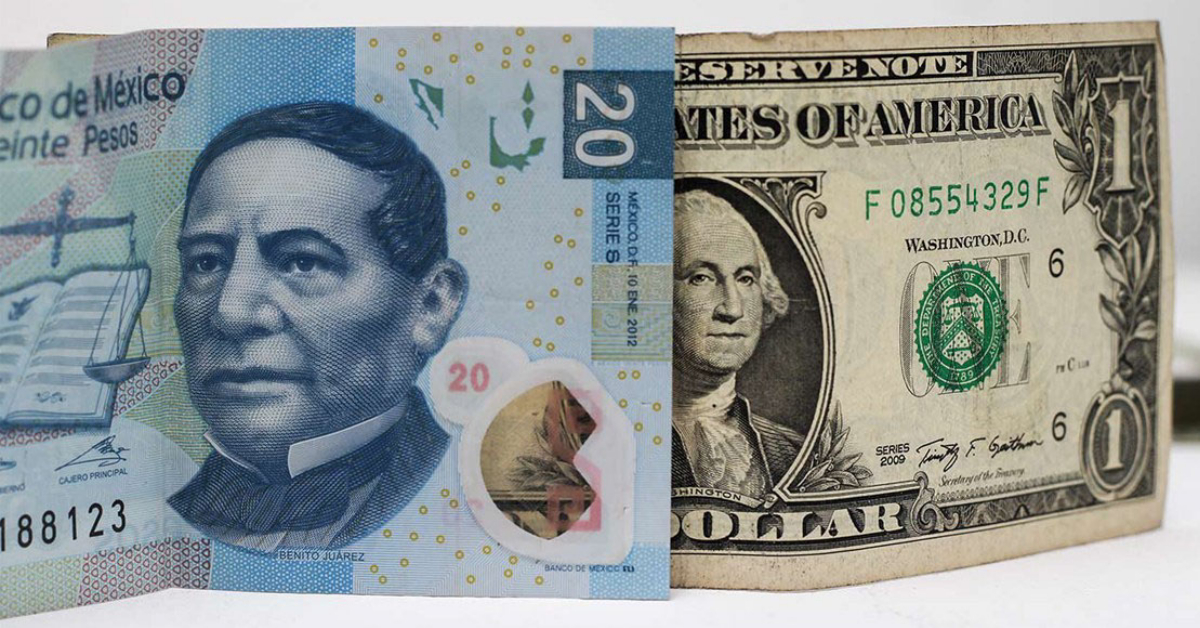The Mexican peso continued its downward trajectory against the U.S. dollar on Tuesday, marking a volatile trading session fueled by ongoing concerns about the United States' economic outlook and the potential for an impending recession.
According to data from the Bank of Mexico (Banxico), the exchange rate closed at 19.5257 pesos per dollar, reflecting a decline from the previous day's close of 19.3972. This movement resulted in a loss of 12.85 cents, or a 0.66 percent variation.
The dollar fluctuated within a broad range, hitting a high of 19 . . .






